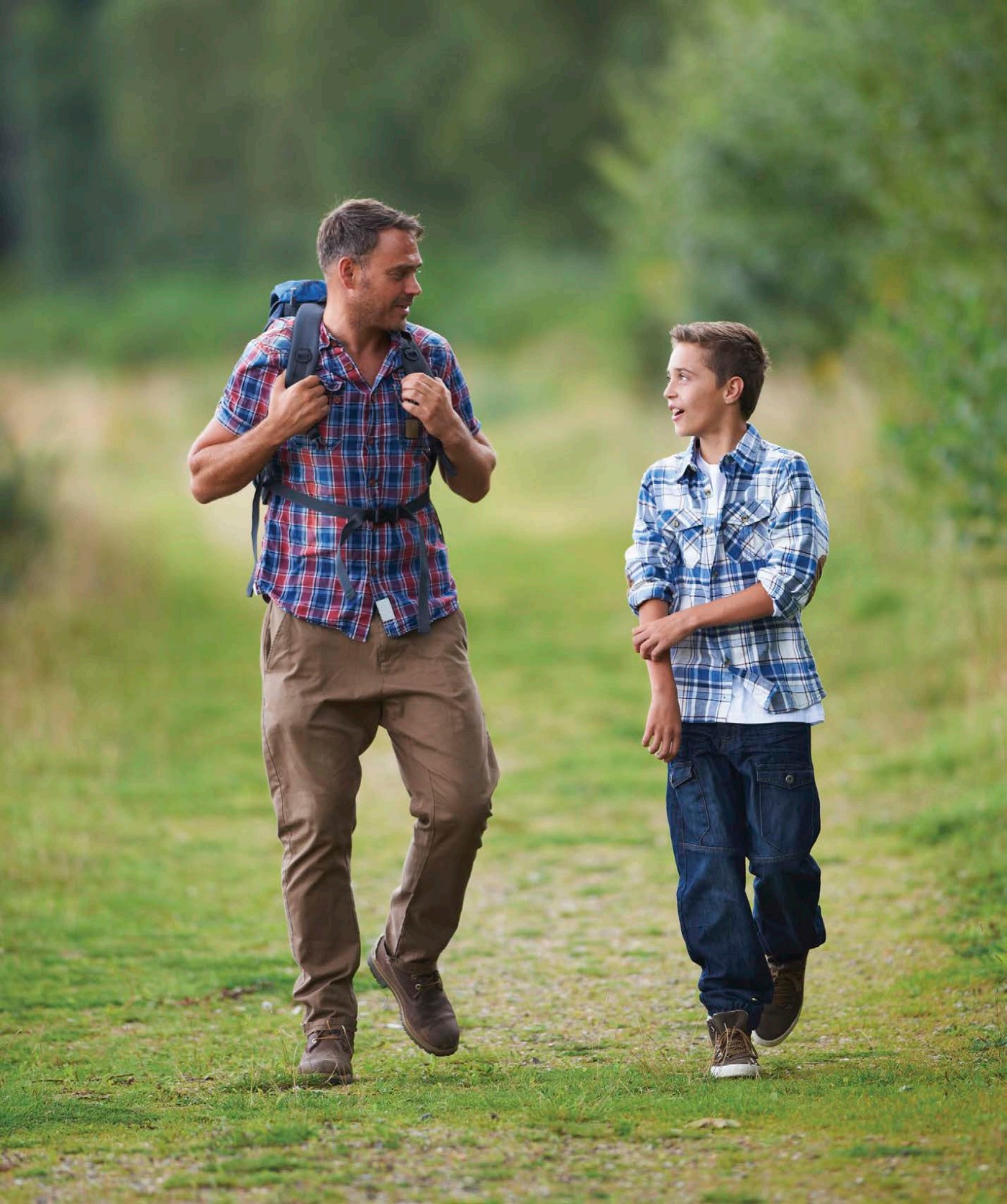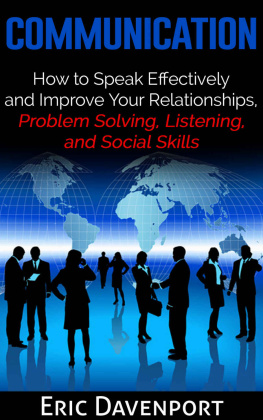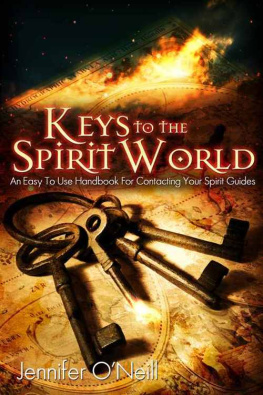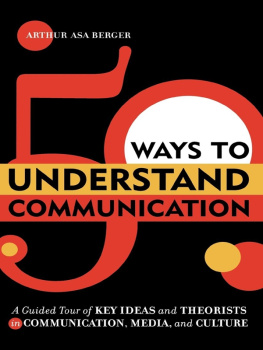
Published in 2020 by The Rosen Publishing Group, Inc.
29 East 21st Street, New York, NY 10010
Copyright 2020 by The Rosen Publishing Group, Inc.
All rights reserved. No part of this book may be reproduced in any form without permission in writing from the publisher, except by a reviewer.
Editor: Rachel Gintner
Designer: Michael Flynn
Photo Credits: Cover Hill Street Studios LLC/DigitalVision/Getty Images; cover, pp..
Cataloging-in-Publication Data
Names: Keppeler, Jill.
Title: Speaking with purpose: communication / Jill Keppeler.
Description: New York: PowerKids Press, 2020. | Series: Spotlight on social and emotional learning | Includes glossary and index.
Identifiers: ISBN 9781725306899 (pbk.) | ISBN 9781725306929 (library bound) | ISBN 9781725306905 (6pack)
Subjects: LCSH: Interpersonal communication--Juvenile literature. | Communication--Juvenile literature.
Classification: LCC BF637.C45 K377 2020 | DDC 302.2--dc23
Manufactured in the United States of America
CPSIA Compliance Information: Batch #CWPK20. For further information contact Rosen Publishing, New York, New York at 1-800-237-9932.
Contents
CHAPTER ONE
EXPRESSING THOUGHTS, SHARING IDEAS
When you think of effective communication, you might imagine a serious between two adults, a formal letter, or a speech given by someone important. However, you communicate all the time even when you dont realize it! Communicating means sharing knowledge or feelings. You can do this through spoken words, through writing, or through gestures or motions, just to name a few ways.
You communicate when you answer a teachers question at school, when you write a thank you note to a relative, and when you shrug when your mom asks if you did your homework. You also communicate when you post something to social media, when you send a message to a friend asking her to play video games, and even when you argue with your brothers or sisters. People communicate in many different ways and styles. Some ways are more effective than others.

Raising your hand in class when you want to ask something or answer a question is communicating, too. It communicates that you want to speak.
CHAPTER TWO
BUILDING BRIDGES
Communication is how we make connections with other people. We communicate to get the things we need to live and to get communication. People communicate in different ways depending on their age and background. Its important to keep this in mind.

Alex, an African gray parrot, is shown in 2004 with professor Irene Pepperberg. Alex learned about 150 words and knew all his colors and shapes.

Animals communicate, too. They interact with other animals and with people. A dogs growl is a warningso is a rattlesnakes rattle. A cat purrs to show its content. Elephants twist their trunks together to greet each other. Can you think of other ways animals communicate?
Humans communicate with animals as well. Sometimes people teach animals hand signals. Sometimes animals learn to understandor even speakhuman words!
CHAPTER THREE
WRITTEN, SPOKEN, SIGNED
People often communicate in spoken words. There are more than 6,500 languages spoken in countries throughout the world! No ones absolutely sure how many there are in total. More people speak Mandarin Chinese than any other language, followed by Spanish and English. You and your friends and family members may speak more than one language. Some languages have a lot in common. Others dont!
Not every language has a written form. People who study languages think that about 4,000 languages have a writing system. There are many different alphabets used, too! Not every language uses the same letters we do.
There also are sign languages, including American Sign Language (ASL), British Sign Language (BSL), and many more. Sign languages have their own in sign language just like you can while speaking aloud.

Actress and Academy Award winner Marlee Matlin sometimes uses ASL to communicate. Shes acted in many movies and TV shows and has a star on the Hollywood Walk of Fame.
CHAPTER FOUR
BODY LANGUAGE
When you communicate with others, you not only share thoughts and feelings through words but also through body language. This means the way you move or gesture. Body language isnt just the movement of your hands. It also includes the movements of your face and your entire body. Sometimes body language can .


If a friend looked at you like this, what would you think they were thinking? Perhaps your friend is confused, or has a question for you.
To communicate effectively, you need to keep your body language in mind. Try to be sure youre sending the message youre meaning to send. For example, if you want to be sure someone knows youre happy to see them, a sincere smile that involves your eyes as well as your mouth would help!
CHAPTER FIVE
COMMUNICATION SKILLS
There are many ways you can work toward communicating more effectively and clearly. When it comes to verbal communication, its important to speak as clearly as you can. Keep your hands away from your mouth, and try not to mumble. Dont whisper, but dont yell either. Its no fun getting yelled at, and yelling at someone isnt a helpful way to communicate.
Usually, a common and polite way to communicate is to make eye contact with someone as youre talking to or listening to them. This shows youre paying attention and youre interested in what theyre saying. Try not to stare too hard, though. If the person youre talking to looks uncomfortable, maybe you need to back off a little. Always keep in mind to whom youre speaking. You probably wouldnt talk to someone you just met the same way youd talk to your best friend.


Speak up so people can hear you, but dont yell! Pay attention to other peoples reactions.
CHAPTER SIX
BEING UNDERSTOOD
Its also important to be sure the person youre talking to can understand you. This can mean speaking clearly and not rushing through your words. It can also mean using good grammar and pronouncing your words correctly. Grammar rules exist, in part, to make sure we can understand each other effectively and with as little confusion as possible. This is true for spoken, written, and signed communication!
Make sure the words you use will be understood by the person or people youre talking to. You might use words they havent learned yet.
Next page






















